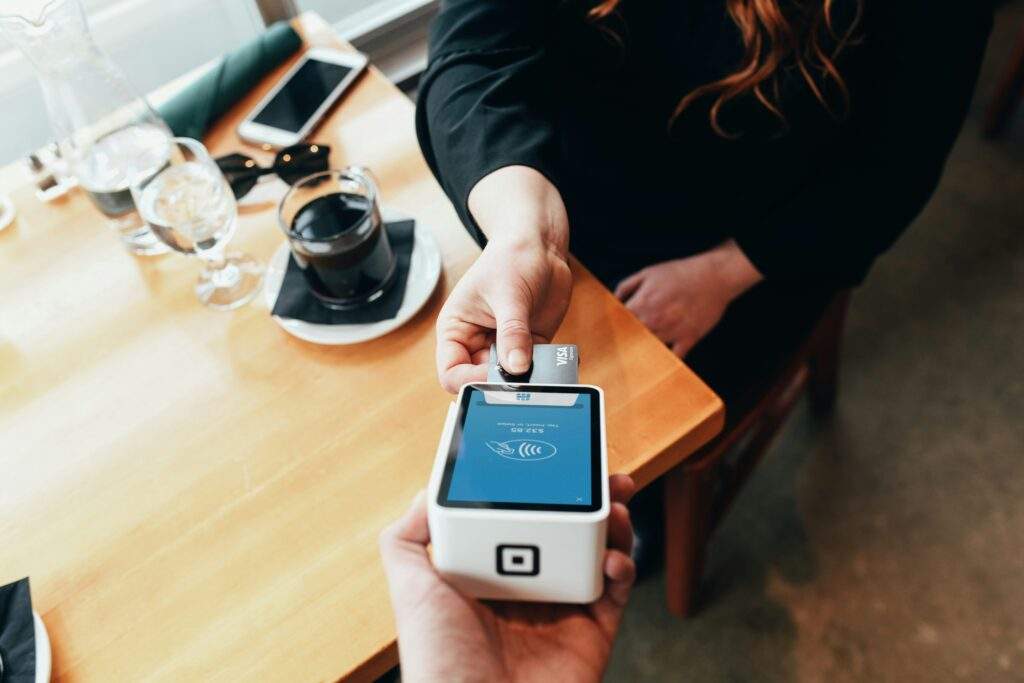In the fast-paced world of business, customer retention is a key component of long-term success. Companies spend substantial resources acquiring new customers, but research shows that retaining existing customers is both easier and more cost-effective.
Meeting customer expectations is crucial in this regard, as modern customers anticipate seamless online experiences that rival in-person interactions. This is where inventive digital marketing can make a real impact. By engaging your current customers in fresh, creative ways, you can build strong relationships that lead to repeat business, loyalty, and positive word-of-mouth.
In this blog, we’ll explore how inventive digital marketing can enhance customer retention management, highlight common mistakes to avoid, and share real-world examples of businesses excelling at customer retention.
Understanding Customer Retention
Definition of Customer Retention
Customer retention refers to a business’s ability to keep its existing customers over a period of time. It involves creating a positive customer experience, building strong relationships, and consistently providing value to ensure customers return.
Unlike customer acquisition, which focuses on attracting new customers, customer retention emphasizes maintaining and nurturing the relationships you already have. This approach is not only cost-effective but also crucial for long-term business success. By focusing on customer retention, businesses can leverage the trust and satisfaction they’ve already built, leading to repeat purchases and sustained loyalty.
Importance of Customer Retention for Businesses
Customer retention is a cornerstone of business success for several reasons. Firstly, it directly impacts revenue; retained customers tend to spend more over time, contributing to a higher customer lifetime value. Secondly, it enhances customer satisfaction, as loyal customers often feel more valued and appreciated.
This satisfaction translates into positive word-of-mouth and online reviews, which can attract new customers at a lower acquisition cost. Additionally, retaining customers opens up opportunities for upselling and cross-selling, further boosting revenue. In essence, a strong focus on customer retention not only stabilizes your revenue stream but also fosters a community of satisfied customers who act as brand ambassadors.
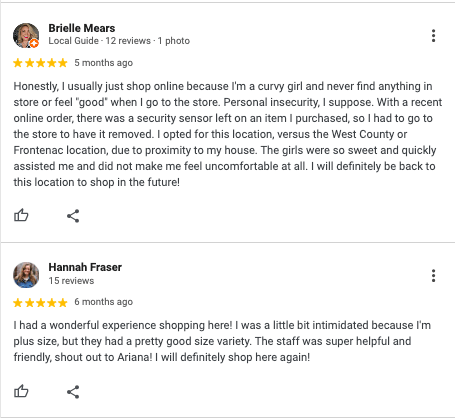
Why Retaining Customers is Easier and More Cost-Effective Than Acquiring New Ones
It’s no secret that acquiring new customers can cost up to five times more than retaining an existing one. New customer acquisition involves significant spending on marketing, sales efforts, and lead nurturing. In contrast, retaining customers leverages the foundation of trust already built with your brand, requiring fewer resources and yielding a greater return on investment (ROI).
Here’s why customer retention is beneficial for your business:
- Higher ROI: Retained customers tend to spend more over time, increasing your overall revenue.
- Loyalty Builds Stability: Loyal customers are more predictable and provide a steady revenue stream.
- Reduced Marketing Costs: You can spend less on outreach efforts when maintaining relationships with satisfied customers.
- Word-of-Mouth Advocacy: Happy customers are more likely to refer your business to others, acting as free brand ambassadors.
- Increased Customer Lifetime Value (CLV): The longer customers stay with you, the more they’re worth to your business, improving profitability.
By focusing on retaining customers, you not only save money but also ensure that the effort put into acquiring customers continues to pay off over time. Now, let’s dive into the mistakes that businesses should avoid when managing customer retention.
Common Customer Retention Management Mistakes
Despite the importance of customer retention, many companies still fall into traps that can damage their relationships with loyal customers. Here are the most common mistakes and how to avoid them:
1. Neglecting Post-Sale Engagement
One of the biggest errors businesses make is treating the customer journey as complete once a sale is made. Focusing solely on acquisition and forgetting to nurture the relationship afterward can result in customers feeling abandoned. Maintaining engagement after the sale through personalized follow-ups, product updates, or helpful tips builds stronger connections.
2. Over-Promising and Under-Delivering
Meeting customer expectations is crucial; over-hyping a product or service during the sales process only to under-deliver afterward is a recipe for dissatisfaction. Broken promises lead to distrust, poor reviews, and customer churn. Be honest and transparent in your marketing, and focus on delivering exceptional service to keep customers coming back.
3. Lack of Personalization
Today’s consumers expect personalized experiences, and failing to meet those expectations can cause customers to lose interest. Generic communications, irrelevant offers, and impersonal interactions can make customers feel undervalued. Use data to tailor marketing efforts to each customer’s preferences, behavior, and history with your brand.
4. Ignoring Customer Feedback
Customer feedback, whether positive or negative, is a valuable resource for improving your business. Failing to listen to customers or address their concerns can cause them to seek alternatives. Actively gather and respond to feedback to demonstrate that you value their input and are committed to enhancing their experience.

5. Inconsistent Communication
Sending sporadic, irrelevant, or overly promotional messages can alienate customers. Instead, focus on creating a communication plan that delivers value consistently, with content that aligns with your customers’ needs and interests.
By avoiding these mistakes, you can set the stage for a successful customer retention strategy powered by inventive digital marketing techniques.
Key Customer Retention Metrics to Measure
Customer Retention Rate
The customer retention rate is a vital metric that measures the percentage of customers a business retains over a specific period. It provides insight into how well your customer retention strategies are working. To calculate the customer retention rate, you need to know the number of customers at the start and end of the period, as well as the number of new customers acquired during that time.
Here’s the formula:
Customer Retention Rate = ((Number of customers at the end of the period – Number of new customers acquired during the period) / Number of customers at the start of the period) x 100
For example, if a business starts the quarter with 100 customers, acquires 20 new customers, and ends the quarter with 90 customers, the calculation would be:
Customer Retention Rate = ((90 – 20) / 100) x 100 = 70%
This means the business successfully retained 70% of its customers during the quarter. A high customer retention rate indicates effective retention management, while a low rate suggests the need for improved strategies to retain customers. Monitoring this metric helps businesses understand their customer loyalty and identify areas for improvement.
Key Stats on Customer Retention
Research shows that improving customer retention rates by just 5% can increase profits by anywhere from 25% to 95%. Furthermore, existing customers are 50% more likely to try new products and spend 31% more on average compared to new customers. These statistics emphasize the importance of focusing on customer retention for long-term profitability.
The 3 R’s of Client Retention
The three key principles that form the foundation of customer retention are:
- Retention: Keeping customers loyal and satisfied by offering value and consistent quality.
- Revenue: Increasing the value of each customer over time through upselling, cross-selling, or encouraging repeat purchases.
- Referrals: Motivating loyal customers to refer new clients through word-of-mouth, reviews, or referral programs.
By focusing on these 3 R’s, businesses can create a cycle of retention that boosts long-term success and profitability.
How Proper CRM Usage Enhances Customer Retention
A Customer Relationship Management (CRM) system plays a critical role in effective customer retention management. However, for a CRM to be effective, it must be used properly by integrating the following strategies:
- Segmentation: CRM systems allow businesses to segment their customer base based on behavior, demographics, and purchasing history. By doing this, companies can deliver personalized experiences and targeted offers, which foster stronger customer relationships.
- Automation: Automating follow-up emails, reminders, and post-purchase communications ensures timely engagement with customers, reducing the likelihood of them forgetting your brand or moving to a competitor.
- Data Insights: CRMs provide valuable data on customer preferences, interactions, and feedback. Analyzing this data helps companies identify potential pain points, enabling them to proactively address issues before customers churn.
- Consistent Communication: CRM systems ensure that every team member has up-to-date information on a customer’s history with the business, allowing for consistent and relevant communication across all touchpoints.
When used correctly, a CRM can streamline customer retention efforts, boost customer satisfaction, and ultimately increase revenue by keeping loyal customers engaged.
How Inventive Digital Marketing Improves Customer Retention Management
Digital marketing opens the door to a variety of innovative strategies for improving customer retention. By leveraging personalization, automation, and engaging content, you can build stronger relationships with your customers and keep them coming back.
1. Personalized Email Marketing
Email marketing remains a powerful tool for engaging with existing customers. However, personalization is what sets successful campaigns apart. Using customer data, you can segment your audience and send targeted messages based on their behavior, preferences, and purchase history.
For instance, sending personalized post-purchase emails with product recommendations or offering exclusive discounts can entice customers to make additional purchases. Celebrating special occasions, such as birthdays or anniversaries, with tailored offers shows customers that they’re more than just another number.

2. Loyalty Programs
A well-implemented customer loyalty program can turn one-time buyers into lifelong customers. These programs reward customers for their continued support, offering points, discounts, or other perks based on their engagement.
Starbucks’ app-based rewards program is a perfect example of how digital marketing can boost customer retention. Through the app, customers earn points for each purchase, receive personalized offers, and gain access to exclusive rewards—all of which drive repeat business.
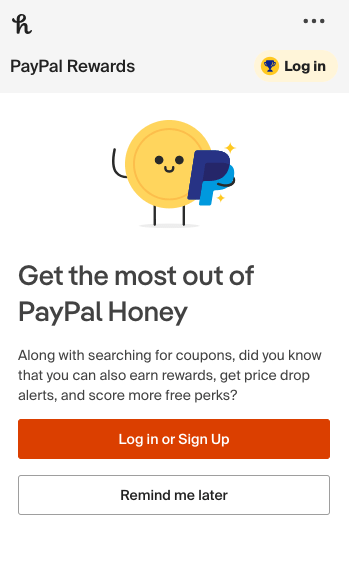
3. Targeted Social Media Campaigns
Social media provides a unique opportunity to maintain a direct line of communication with your customers. Engaging content and thoughtful interactions on platforms like Instagram, Facebook, and Twitter can foster a sense of community, encouraging customers to stay loyal.
Retargeting ads are another effective way to re-engage existing customers who may have abandoned their cart or haven’t made a purchase in a while. These highly targeted ads, tailored to customers’ past interactions with your brand, serve as a reminder of their previous interest and can motivate them to return.

4. Content Marketing for Continued Value
Providing customers with value beyond your products or services is a key component of customer retention. Content marketing—whether through blog posts, video tutorials, or downloadable guides—can position your business as an authoritative, helpful resource.
For example, a fitness equipment company might regularly publish workout tips, nutrition advice, or fitness challenges, keeping their customers engaged and coming back for more. Offering this type of educational content builds trust and strengthens customer loyalty.

5. Marketing Automation for Consistent Engagement
Marketing automation tools allow businesses to maintain consistent engagement with customers without requiring constant manual effort. Automated workflows can trigger personalized emails, reminders, or offers based on customer behavior, ensuring that communication remains relevant and timely.
For example, automated email campaigns can be set up to remind customers about upcoming promotions, reward point balances, or abandoned shopping carts, encouraging them to complete a purchase.

6. Omnichannel Customer Support
Providing customers with multiple avenues to reach you—whether through social media, live chat, or email—is essential for ensuring customer success and retaining their business. When issues arise, customers want quick, convenient solutions, and offering omnichannel support ensures they can get the help they need when they need it.
Integrating customer support into your digital marketing strategy can also improve the overall customer experience. AI-powered chatbots, for instance, can quickly answer common questions and resolve simple issues, enhancing satisfaction while reducing the workload on your support team.
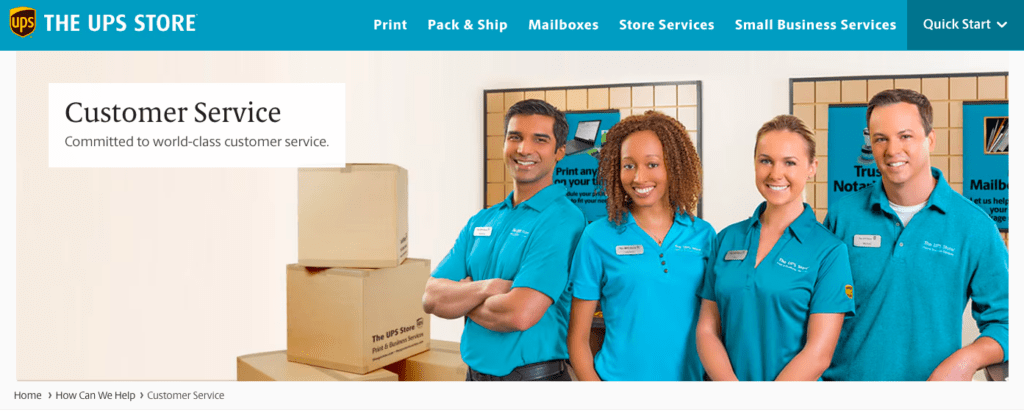
Good Examples of Customer Retention Through Inventive Digital Marketing
To better understand how inventive digital marketing can drive customer retention, let’s explore four companies that have mastered the art of retaining their customers by providing customer retention examples.
1. Amazon Prime
Amazon Prime’s success in customer retention is due in large part to its loyalty-driven digital marketing strategy. By offering free shipping, exclusive access to entertainment content, and personalized product recommendations, Amazon ensures that Prime members remain engaged and loyal.
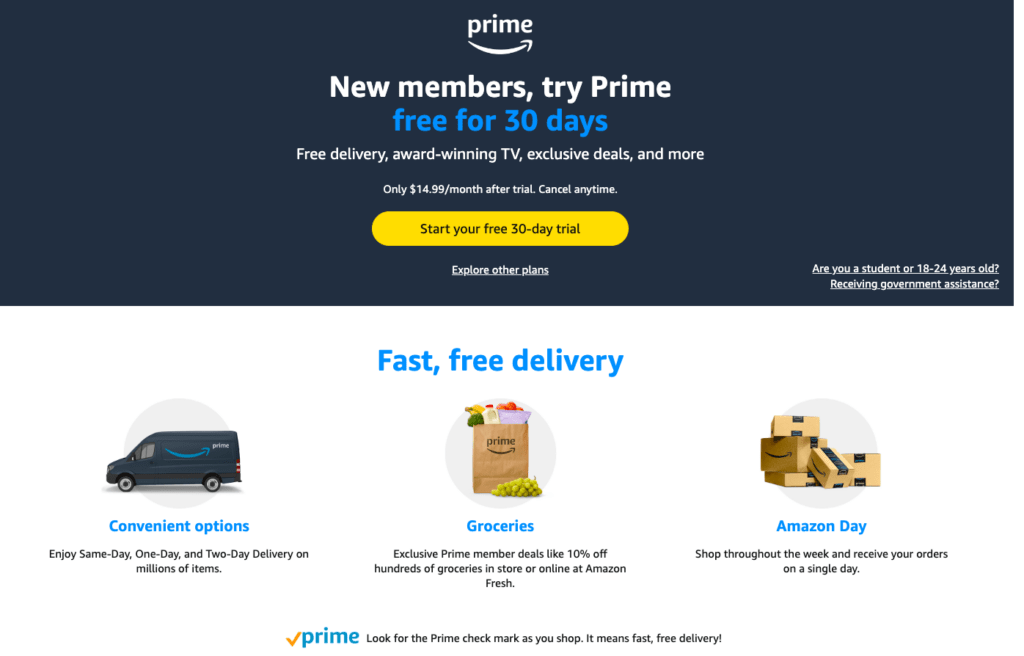
2. Sephora’s Beauty Insider Program
Sephora’s Beauty Insider loyalty program is another great example of using digital marketing for customer retention. The program rewards members with points for each purchase, which they can redeem for free products. Additionally, Sephora uses personalized emails to notify members about exclusive promotions, early access to sales, and birthday gifts, keeping customers engaged and returning.
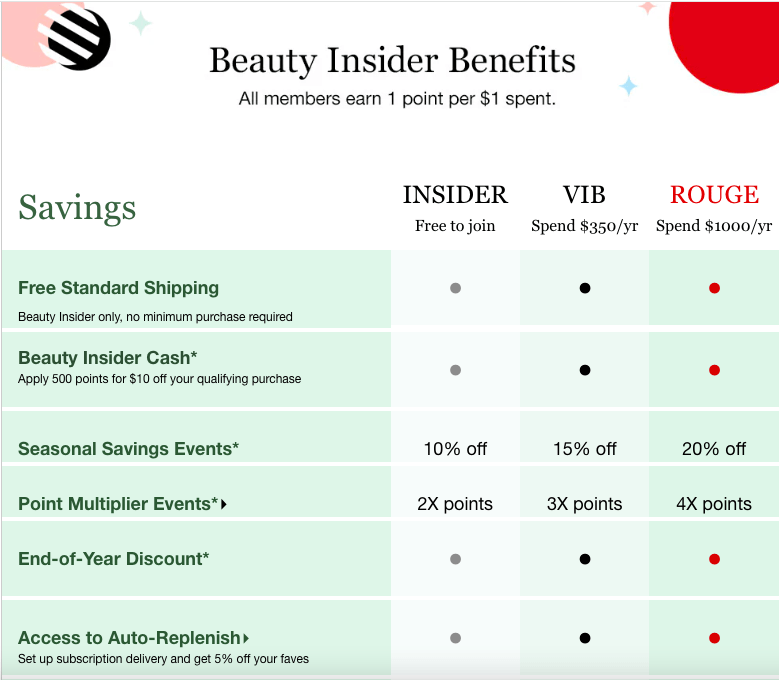
3. Apple’s Ecosystem
Apple has perfected customer retention through its seamless ecosystem of products and services. Once customers buy into the Apple ecosystem, they often stay due to the seamless integration between devices and services like iCloud, Apple Music, and the App Store. Apple’s frequent updates, loyalty-driven promotions, and product launch events keep customers excited and loyal.
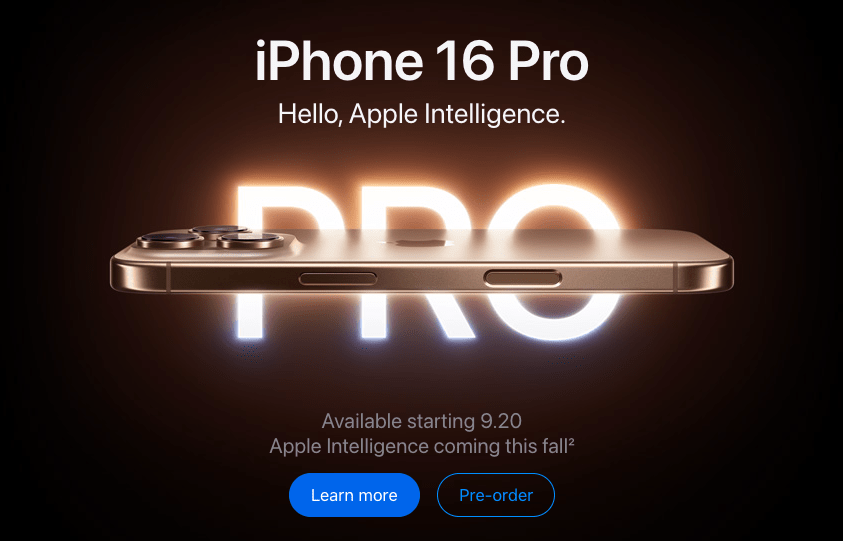
4. Netflix’s Personalized Recommendations
Netflix uses data-driven digital marketing to offer personalized movie and TV show recommendations to its users. By analyzing customer viewing habits, Netflix creates custom-curated content suggestions, keeping customers engaged with relevant, interesting entertainment. The more personalized the experience, the more likely customers are to remain loyal.
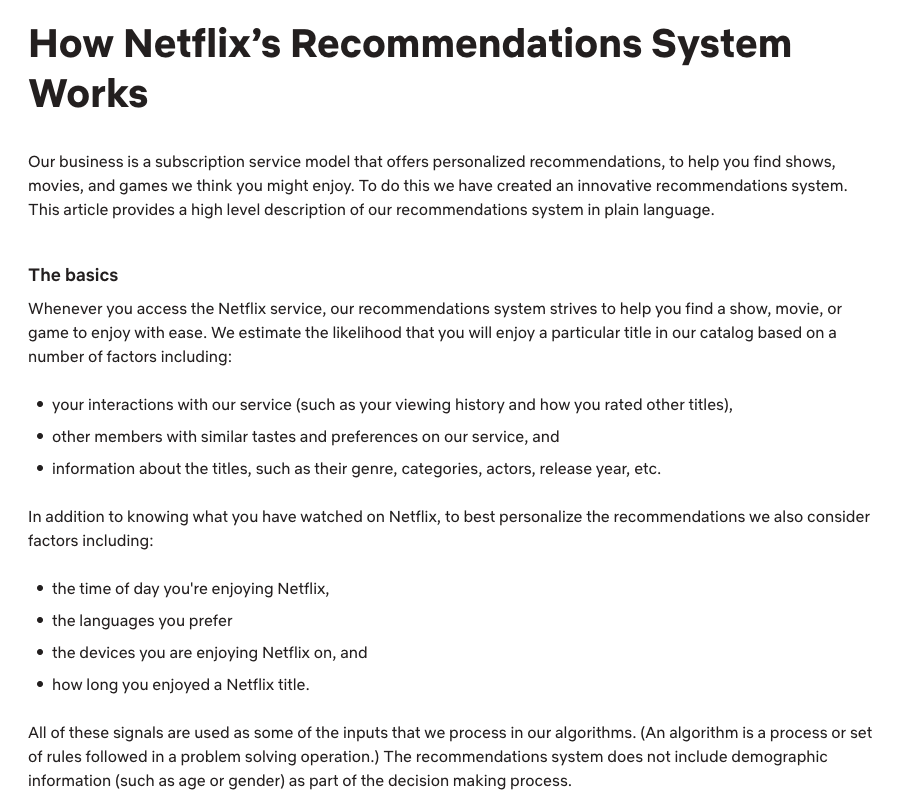
5. Zappos’ Customer-Centric Approach
Zappos, the online shoe and clothing retailer, is known for its exceptional customer service, which plays a huge role in customer retention. Zappos’ digital marketing strategy focuses on fostering strong relationships with customers by providing a smooth online shopping experience, fast delivery, and a generous return policy. Their focus on customer satisfaction ensures that customers return time and again.

Measuring the Success of Your Customer Retention Efforts
To gauge the effectiveness of your customer retention strategy, it’s important to track specific metrics:
- Customer Retention Rate (CRR): The percentage of customers who continue doing business with you over a set period.
- Customer Lifetime Value (CLV): The total value a customer brings to your business over the entire relationship.
- Repeat Purchase Rate: The percentage of customers who make multiple purchases.
- Churn Rate: The percentage of customers who stop doing business with you over time.
Monitoring these metrics will help you understand how your digital marketing efforts are improving customer retention and where there is room for improvement.
Let’s Elevate Your Customer Retention Program
Inventive digital marketing is a powerful tool for improving customer retention management. By personalizing customer interactions, offering valuable loyalty programs, and consistently delivering engaging content, businesses can develop a “loyalty loop” that keeps satisfied consumers returning to the checkout lane.
See how Markitors can help drive better customer retention for your business. Contact us to learn more about your personal strategy!

